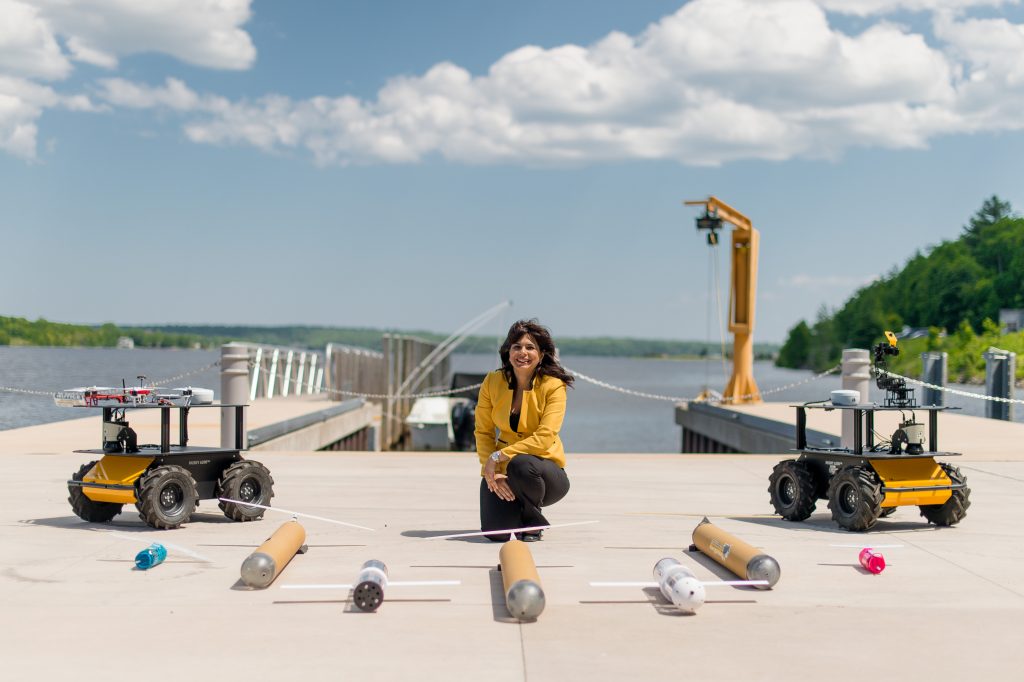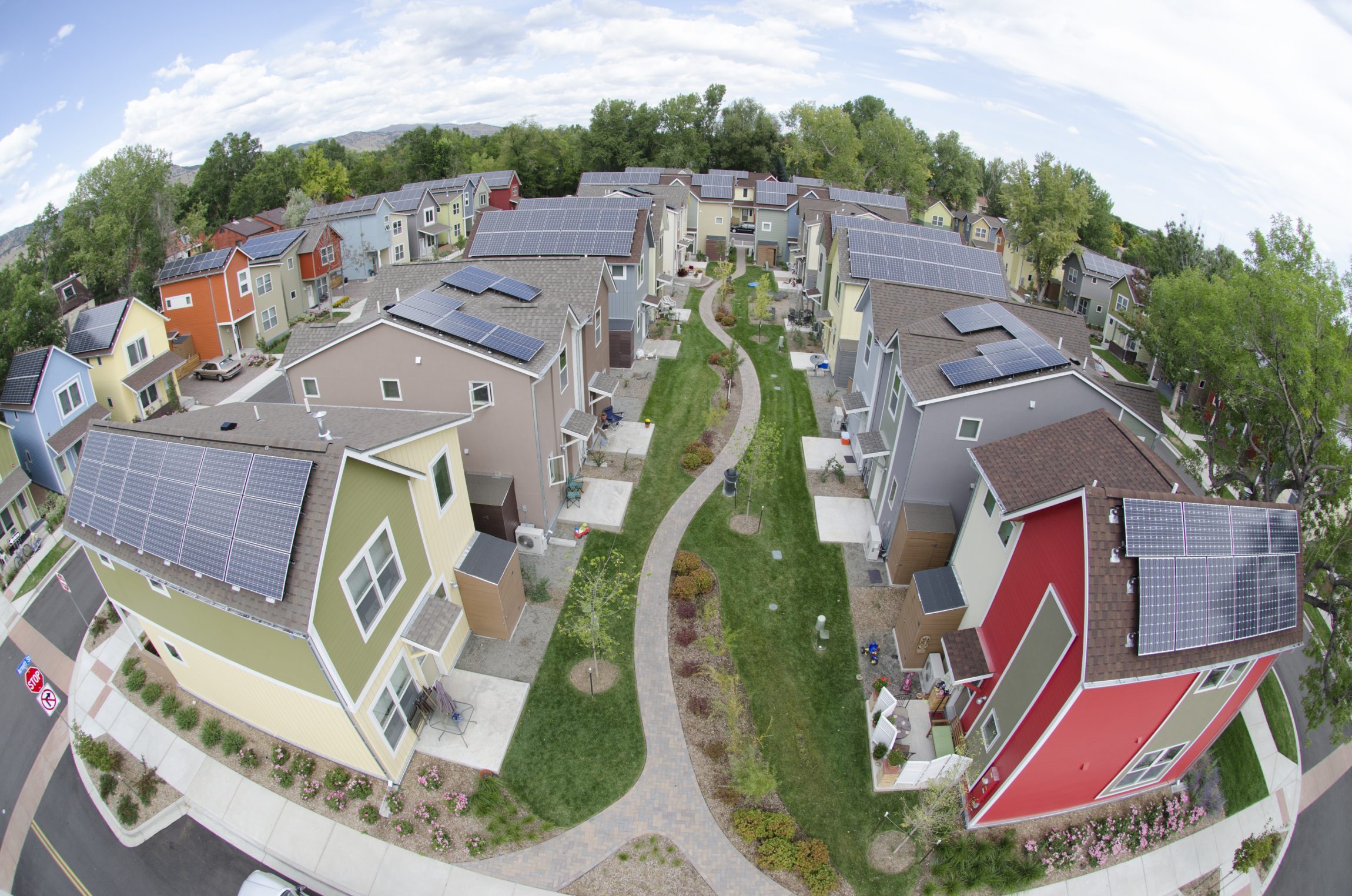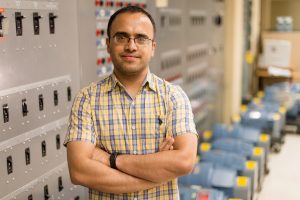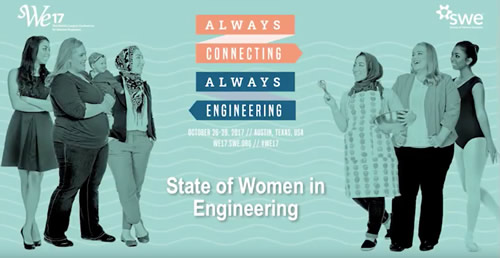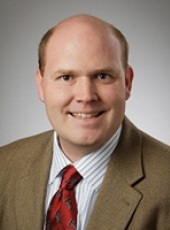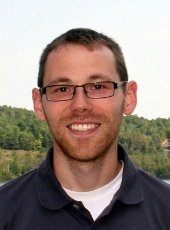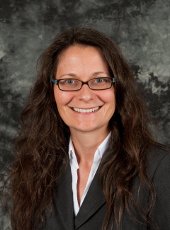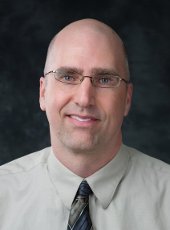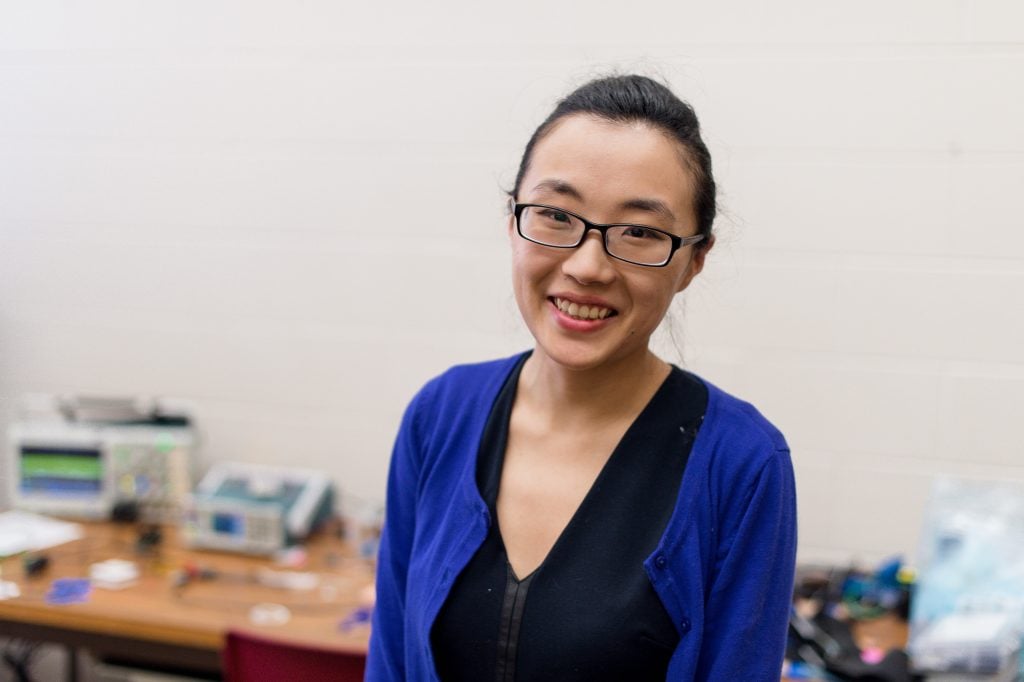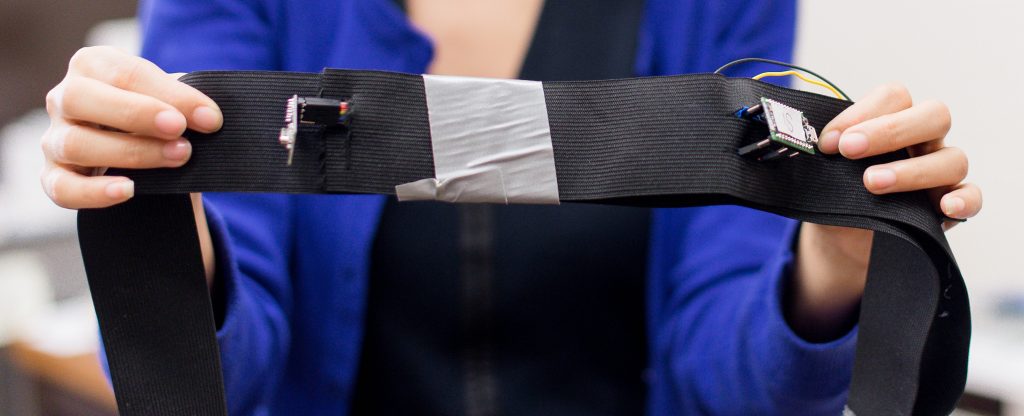Michigan Tech will participate in the 2018 AutoMobili-D exposition in Detroit. The event will run from Jan. 12-21. A portion of this program overlaps with the North American International Auto Show.
AutoMobili-D features 150,000 sq. ft. of dynamic display communities in the Cobo Center Atrium overlooking the international waterway and the adjoining Planet M hall.
Michigan Tech will be located in the “Universities” section of AutoMobili-D which will have about 30 universities including MIT, U-M and Carnegie Mellon. Michigan Tech’s booth will feature our unique research capabilities related to automotive research and unstructured environments.
Predebon represents Michigan Tech at Michigan auto show funding new autonomous test track
Bill Predebon (ME-EM) represented Michigan Tech at the Governor’s press conference on the American Center for Mobility (ACM) at the International Auto Show in the Cobo Center for Detroit on Jan. 16. Subaru of America gave a two million dollar sponsorship to the ACM with state, business and education officials on the stage. All of the representatives from the ACM University Consortium were present on stage.
$2M launches new wave of funding for Michigan’s autonomous test track
The announcement at Detroit’s auto show about Subaru’s new connection to the ACM is only the first significant development projected for the site in 2018. ACM officials promise more to come as the site gains traction.

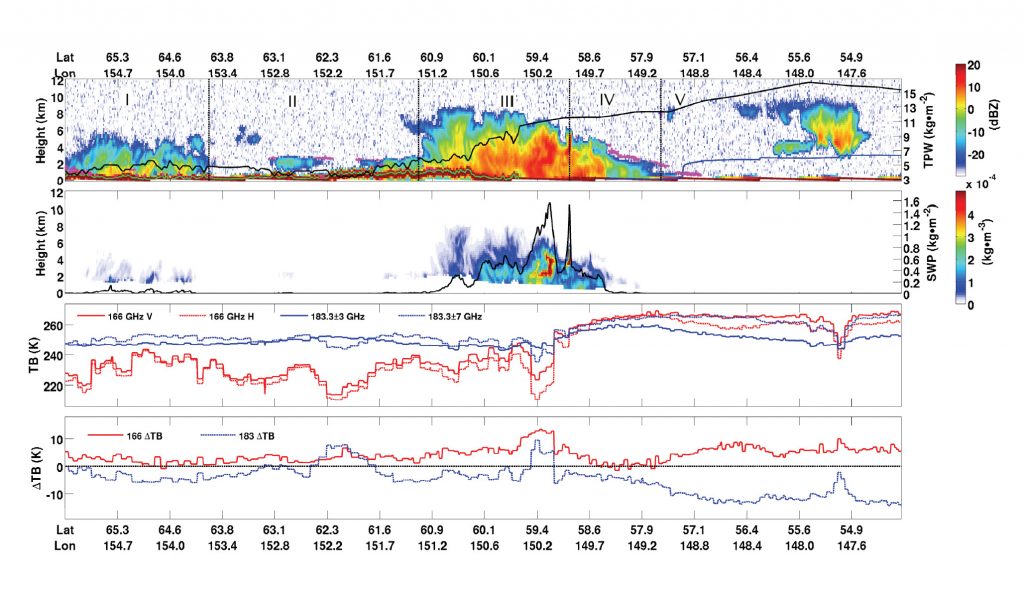
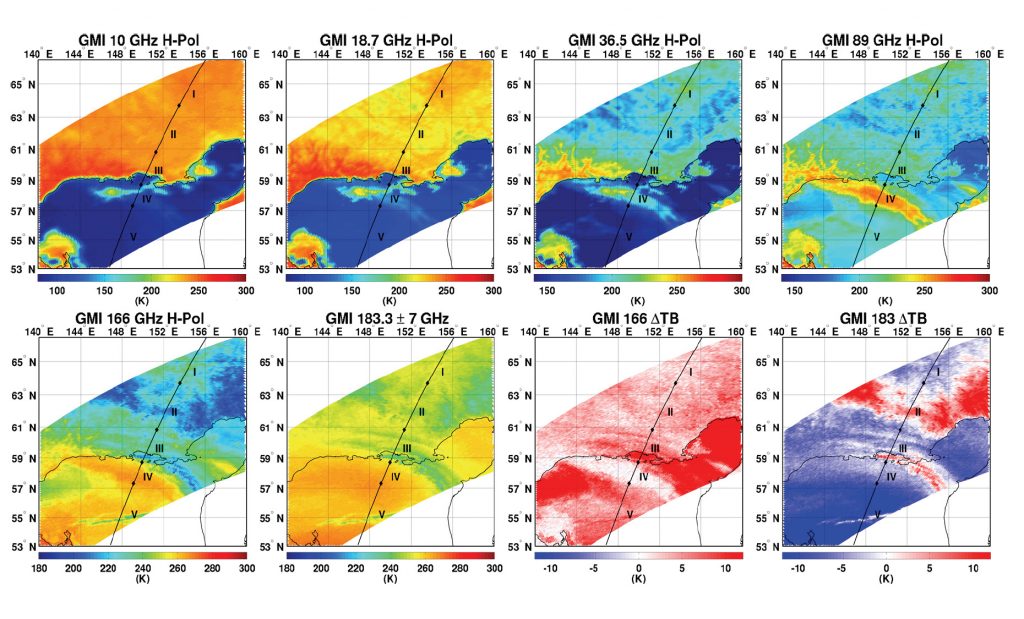


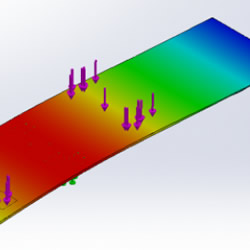 The Fifth Annual Rekhi Innovation Challenge kicked off on Friday Nov. 10, 2017. Three Enterprise teams are competing for funding this year: Blue Marble Security, BoardSport Technologies and Velovations. The Rekhi Challenge is a crowdfunding competition to help promote and support student innovation and entrepreneurship through Michigan Tech’s crowdfunding site, Superior Ideas. The team that raises the most money will receive a monetary match of up to $5,000.
The Fifth Annual Rekhi Innovation Challenge kicked off on Friday Nov. 10, 2017. Three Enterprise teams are competing for funding this year: Blue Marble Security, BoardSport Technologies and Velovations. The Rekhi Challenge is a crowdfunding competition to help promote and support student innovation and entrepreneurship through Michigan Tech’s crowdfunding site, Superior Ideas. The team that raises the most money will receive a monetary match of up to $5,000.